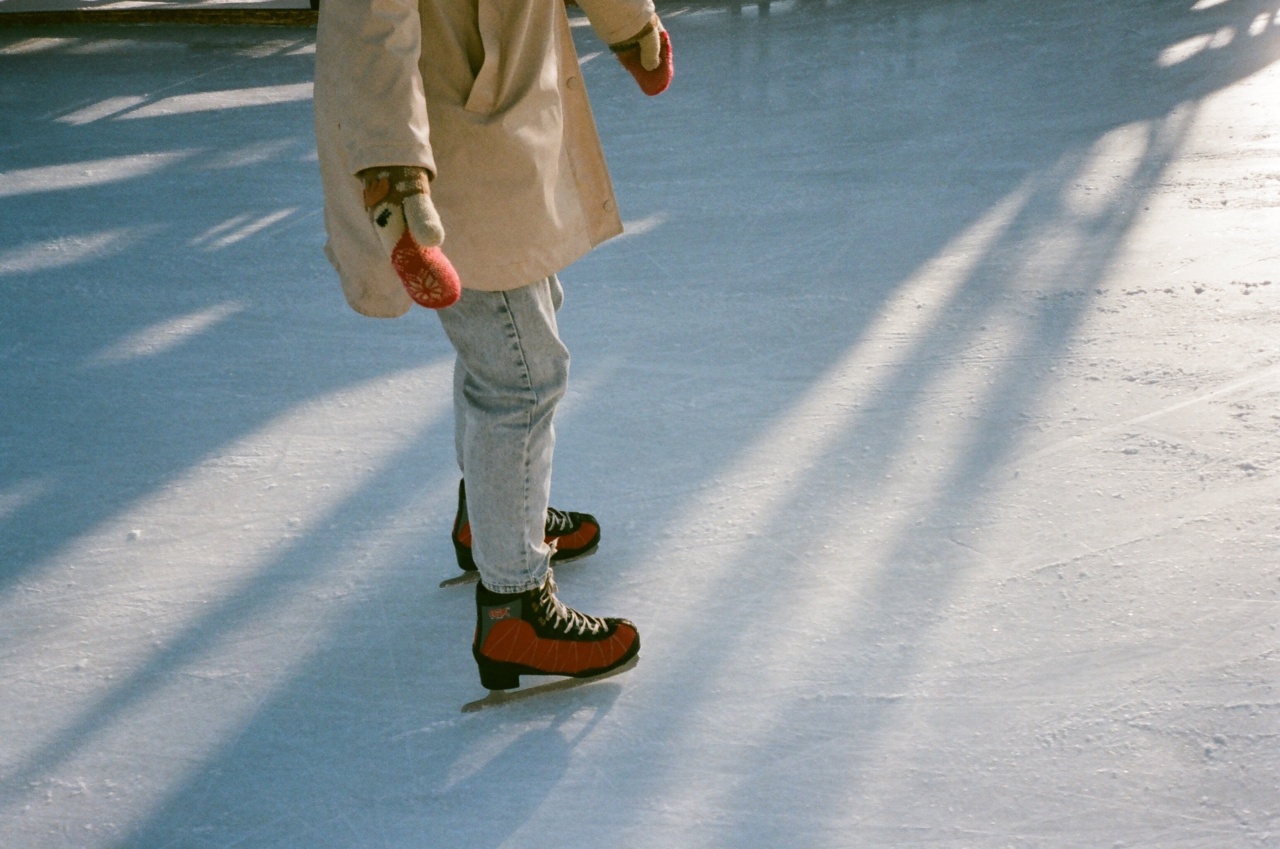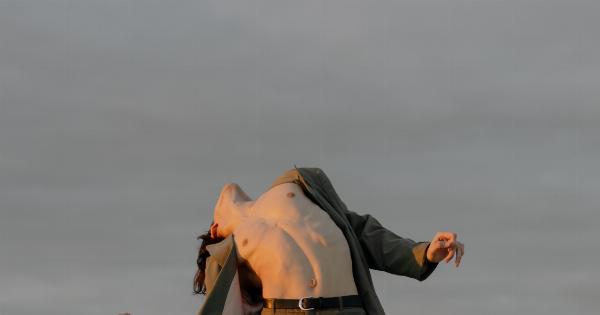Staying active and fit during the cold winter months can be a challenge for many people. The dropping temperatures and icy conditions often make outdoor exercises less appealing.
However, there are still plenty of ways to stay active and maintain your fitness goals, even in the cold weather. In this article, we will explore four customized movements that Matt, a fitness enthusiast, incorporates into his cold weather fitness routine.
Movement 1: Indoor Circuit Training
Matt understands the importance of a well-rounded fitness routine that targets different muscle groups. To accommodate the colder weather, he opts for indoor circuit training.
Circuit training involves performing a series of exercises consecutively, with minimal rest in between. This high-intensity workout keeps Matt’s heart rate up while working multiple muscle groups.
Matt’s indoor circuit training includes exercises such as jump squats, push-ups, kettlebell swings, mountain climbers, and planks.
He performs each exercise for a set amount of time or a specific number of repetitions before moving on to the next exercise. This type of training not only improves cardiovascular fitness but also helps build strength and endurance.
Movement 2: Yoga and Stretching
Cold weather often leads to muscle tightness and stiffness. To counteract this, Matt incorporates yoga and stretching into his fitness routine. Yoga not only enhances flexibility but also helps improve balance and coordination.
Matt finds that practicing yoga in the morning helps wake up his body and mind, preparing him for the day ahead.
In addition to yoga, Matt devotes time to stretching exercises. Stretching after workouts helps reduce muscle soreness and prevent injuries. It is particularly important during colder weather when muscles tend to tighten up.
Matt focuses on stretching major muscle groups such as hamstrings, quadriceps, calves, and shoulders. He also includes dynamic stretches like leg swings and arm circles to warm up his body before starting any vigorous activities.
Movement 3: Snowshoeing
Living in an area with snowy winters, Matt takes advantage of the natural environment by engaging in snowshoeing. Snowshoeing is a great cardiovascular exercise that also tones the lower body muscles.
It involves strapping on snowshoes and walking or hiking through snowy terrain.
Matt enjoys the peace and tranquility of being out in nature while snowshoeing. This low-impact activity allows him to get a great workout without putting excessive strain on his joints. It also strengthens muscles in his legs, glutes, and core.
Snowshoeing can be done at various intensities, making it suitable for people of different fitness levels.
Movement 4: High-Intensity Interval Training (HIIT)
To challenge himself and maintain a high level of fitness, Matt incorporates high-intensity interval training (HIIT) into his cold weather fitness routine. HIIT involves short bursts of intense exercise followed by short recovery periods.
This type of training not only boosts cardiovascular fitness but also helps burn calories and improve metabolism.
Matt’s HIIT workouts consist of exercises such as burpees, sprints, squat jumps, and bicycle crunches. He alternates between intense exercise intervals and brief rest periods. The beauty of HIIT is that it can be modified to suit any fitness level.
Matt ensures he warms up before starting these workouts and cools down afterward to prevent injury.
Conclusion
Cold weather doesn’t have to hinder your fitness journey. Matt’s customized movements provide a great starting point for staying active and fit during the winter months.
Whether it’s indoor circuit training, yoga and stretching, snowshoeing, or high-intensity interval training, there are plenty of options to keep your body moving and your fitness goals on track.
























